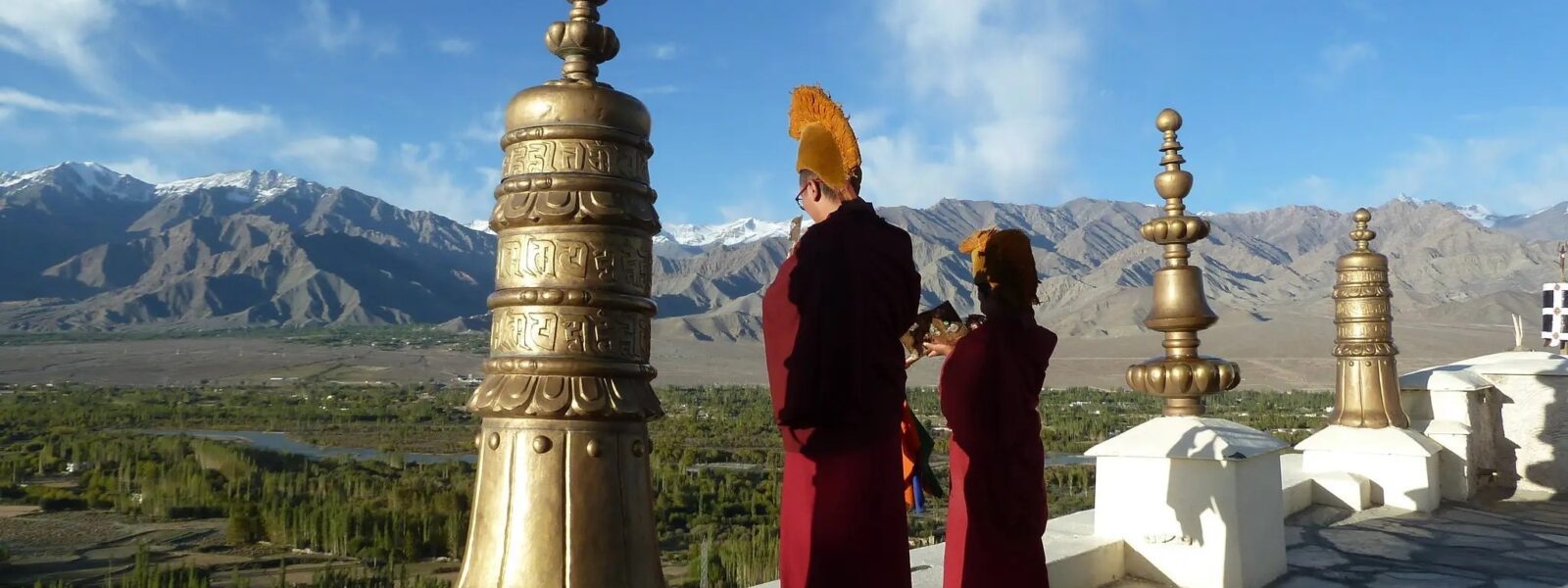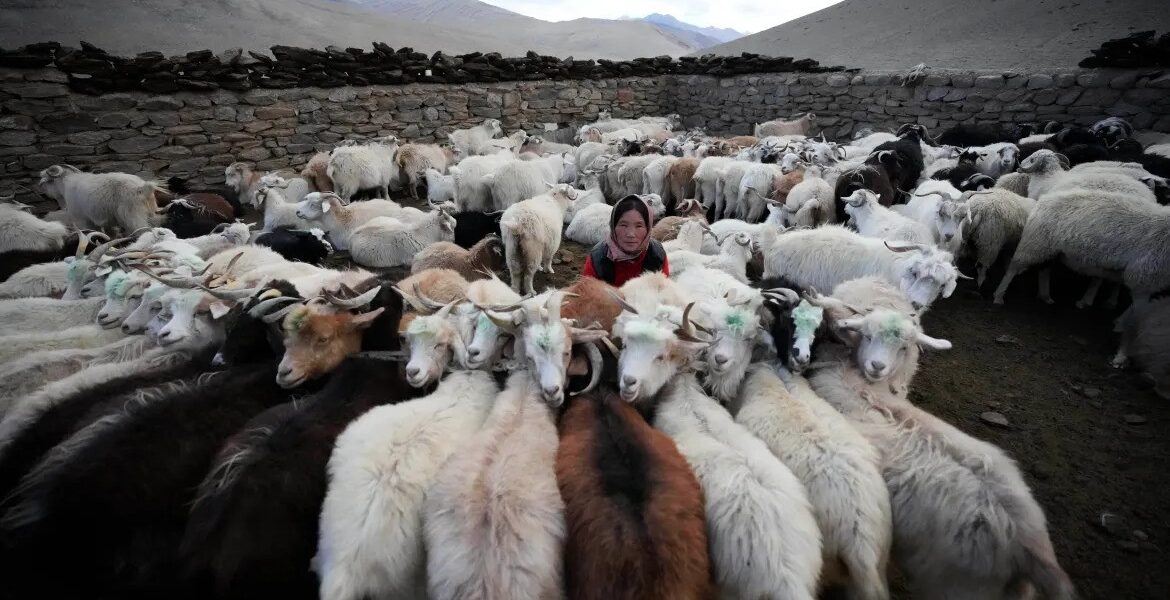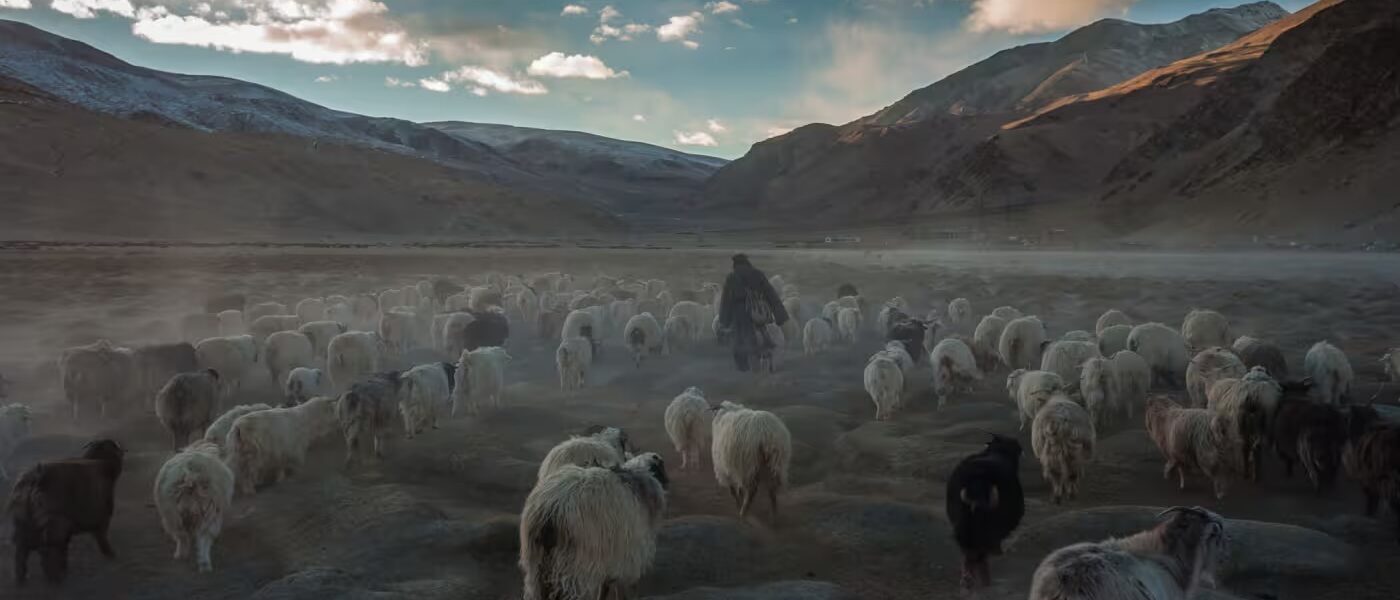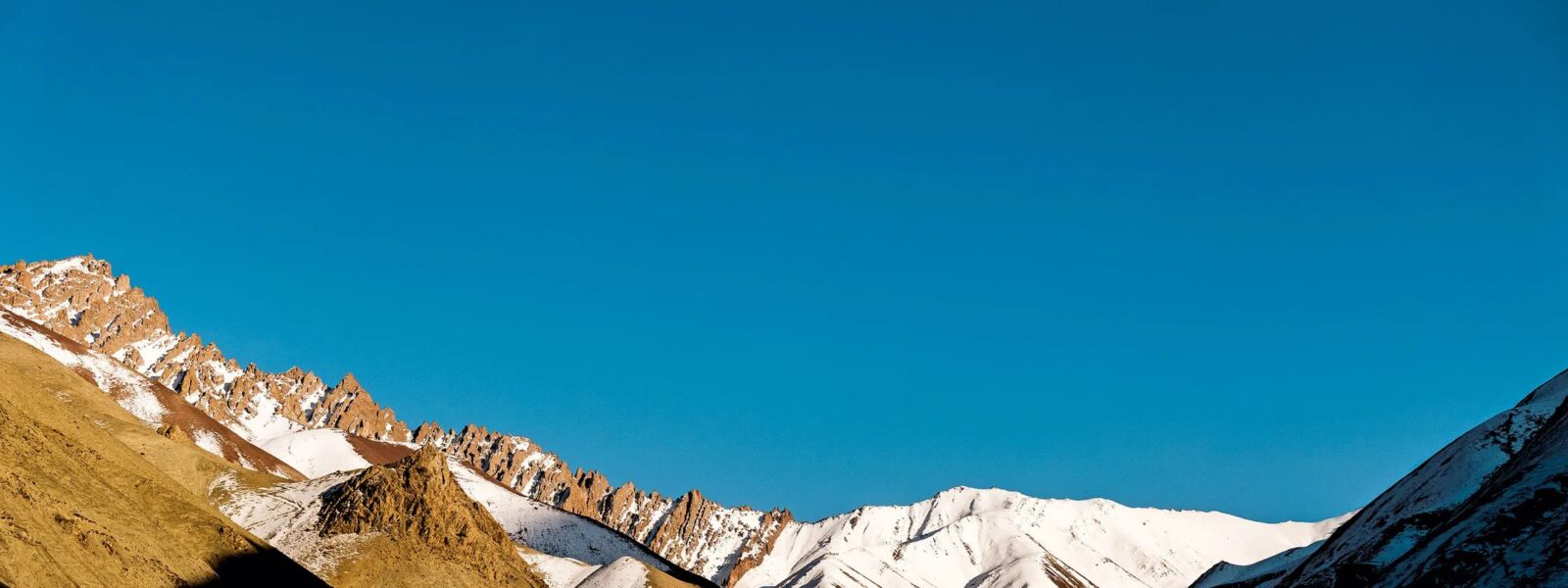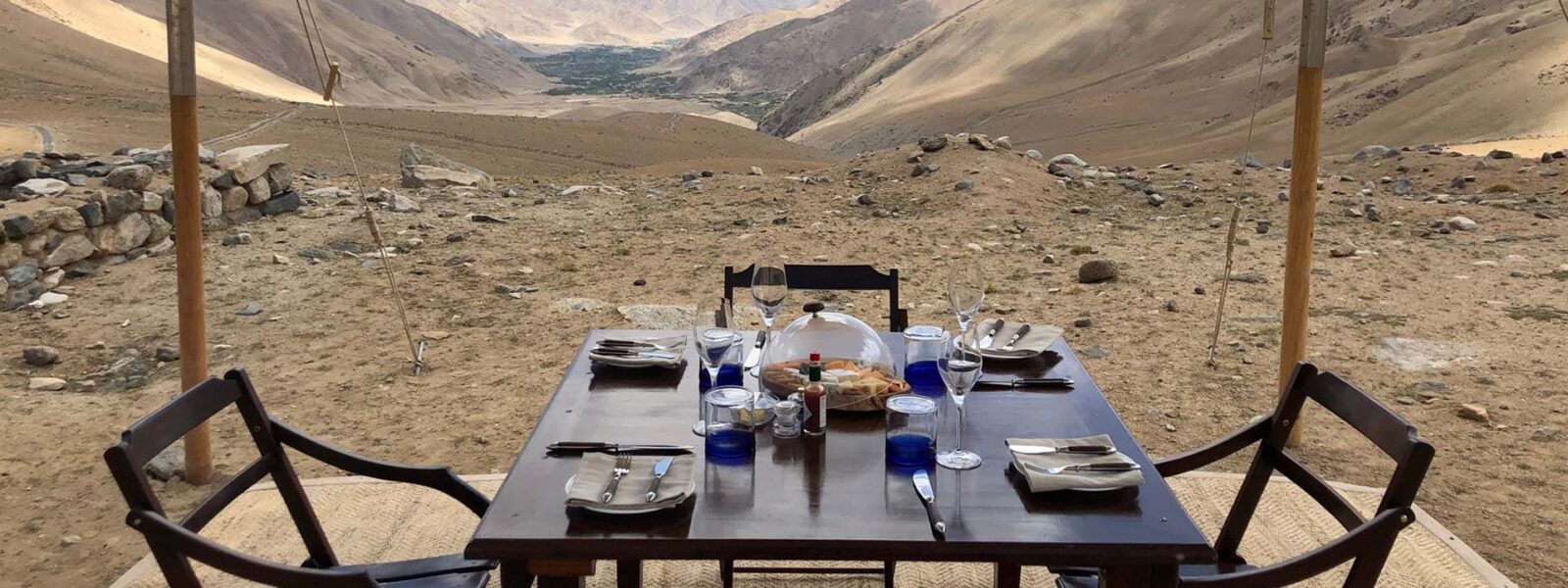Walking with Intention — Why We Seek Sacred Trails
From Gross National Happiness to Sacred Footsteps
In Bhutan, success is measured not in GDP but in Gross National Happiness. That concept—both idealistic and deeply pragmatic—reminded me of a question I couldn’t shake as I stood in the early light of a Ladakhi morning: What if Ladakh measured its tourism in silence preserved per visitor?
Pilgrimage has never just been about distance. It’s not the miles that change us, but the rhythm—the conscious placing of one foot in front of the other while something invisible shifts inside. Whether it’s a Camino in Spain or a Kora around Mount Kailash, each step becomes an act of devotion, not to a deity necessarily, but to the idea that we are more than what we consume.
Ladakh offers something raw and essential that modern pilgrimages often lose in their Instagrammed popularity. Here, the landscape is not a backdrop—it is the sacred itself. These high-altitude deserts, sunburnt gompas, and whispering chortens form a spiritual ecosystem, untouched by turnstiles or vending machines.
As someone who has walked the Kumano Kodo in Japan and cycled part of the Via Francigena across Tuscany, I’ve seen the world’s great sacred trails reduced at times to wellness hashtags. But in Ladakh, something resists commodification. It’s the cold wind at Lamayuru that silences you mid-sentence. It’s the mural at Alchi that stares back. It’s the tea shared with a monk who has never left the valley, and never needed to.
We seek pilgrimage routes because we long for an inner alignment that modern life denies us. In Europe, the Camino de Santiago offers fellowship, the Shikoku Henro offers discipline, and the Jesuit Mission Trail offers layered reconciliation. In Ladakh, the gift is different—it is emptiness. Not as void, but as possibility.
And perhaps that is Ladakh’s quiet genius. While the rest of the world invites you to arrive somewhere, Ladakh invites you to dissolve. To become smaller, quieter, and—paradoxically—more whole.
As European travelers seek new forms of meaningful travel—beyond museums and Michelin stars—Ladakh’s sacred trails are not a hidden secret. They are a waiting mirror, held out to those who are finally ready to look inward.
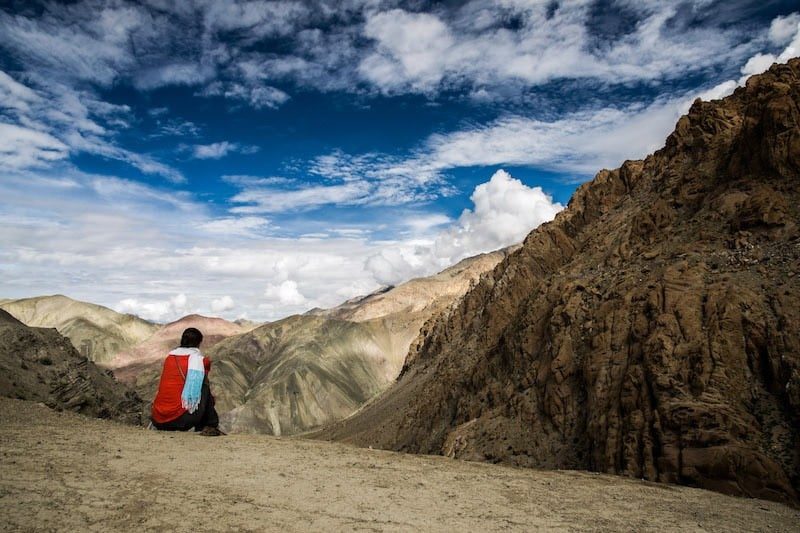
A Map of Meaning — The Pilgrimage Routes That Shape Our World
Camino de Santiago (Spain) — Community and Renewal on the Iberian Path
The Camino de Santiago is perhaps Europe’s most beloved sacred trail. Winding through the villages of northern Spain toward the cathedral in Santiago de Compostela, it offers a sense of communal solitude—pilgrims are alone, but never lonely. Along the Camino, spiritual renewal is often found in the morning mist, or the rhythm of shared meals with strangers who become confidants for a day.
Unlike the hushed isolation of Ladakh, the Camino thrives on encounter and exchange. Albergues (pilgrim hostels) dot the route like open arms, and churches along the way invite not just prayer, but dialogue. In contrast, Ladakh’s sacred paths don’t invite conversation. They command presence.
Kumano Kodo (Japan) — Nature as Prayer
In the cedar-covered hills of Japan’s Kii Peninsula, the Kumano Kodo is more than a pilgrimage—it is a communion with moss and mist. Shrines appear like apparitions, barely interrupting the forest. What struck me during my walk there was how the sacred wasn’t announced. It emerged from the silence between crow calls and the sound of rain against leaves.
In Ladakh, nature also plays the role of oracle. Here, instead of humid woods, you traverse cold deserts and echoing canyons. The gods are not nestled in groves, but carved into cliffs and painted across crumbling gompa walls. In both places, the path is an altar—and the act of walking becomes the ritual.
Via Francigena (Europe) — From Kingdoms to Rome
Stretching from Canterbury to Rome, the Via Francigena tells a European story of kingdoms, cathedrals, and conversions. To walk it is to cross time as well as terrain—medieval market towns, Roman ruins, Renaissance plazas. The pilgrimage is not only spiritual, but historical.
Ladakh shares this layering of time, though in different hues. In the Zanskar and Sham Valleys, you find sacred caves alongside crumbling trade routes, prayer wheels beside fort ruins. Ladakh, like the Via Francigena, is a living palimpsest—but where Europe inscribes its stories in marble, Ladakh etches them in windblown stone.
Shikoku Henro (Japan) — The Circular Pilgrimage of Impermanence
The Shikoku Pilgrimage loops 1,200 kilometers around Japan’s smallest main island, visiting 88 temples associated with the monk Kukai. It is a pilgrimage of discipline and surrender, often undertaken in solitude. Each temple is a lesson, each step an offering.
Ladakh offers no such numbered path—but its spiritual rhythm is no less potent. Here, impermanence is not taught—it is lived. The mountains are shifting, the glaciers retreating. A pilgrimage in Ladakh is a walk through the transience of existence, where altitude strips away illusion, and the thin air makes every breath deliberate.
Mount Kailash (Tibet) — Circling the Axis Mundi
For Hindus, Buddhists, Jains, and Bonpo alike, Mount Kailash is the center of the world—the Axis Mundi. To circle it, the sacred kora, is to circle creation itself. The journey is austere, elemental, transformative.
While Kailash stands outside Ladakh, its spiritual gravitational pull is felt deeply in the region. Monasteries across Ladakh whisper its name. And Ladakh’s own mountains—Stok Kangri, Nun-Kun, and the barren peaks beyond—stand not as rivals, but as local echoes of sacred geometry.
St. Olav Ways (Norway) — Cold Light, Long Shadows
The St. Olav Ways to Nidaros Cathedral in Trondheim are rooted in Norse Christianity and carry the northern soul of resilience. The light is different there—pale, long, haunting. As you walk through spruce forests and fjord valleys, the silence is rich and dimensional.
Ladakh too has a fierce light—crisp and unrelenting. There is no mist to veil your path, only stone and sun. And yet both pilgrimages require a similar fortitude. Not just of the legs, but of the spirit that must navigate solitude.
Adam’s Peak (Sri Lanka) — One Mountain, Many Gods
At Adam’s Peak, a single footprint carved in stone is claimed by every major religion on the island—Buddhists see the Buddha, Hindus see Shiva, Christians and Muslims see Adam. The climb is often done in the dark, reaching the summit at dawn, where light refracts through belief.
In Ladakh, belief is not layered across one symbol—it’s spread across the landscape. You don’t ascend to one sacred point. Instead, you are asked to recognize that the entire plateau is sacred space.
Jesuit Missions Trail (South America) — Echoes of Empire and Incense
The Jesuit Missions in Argentina, Bolivia, and Paraguay speak of faith, colonialism, and cultural exchange. These are routes of reckoning, where adobe chapels stand beside indigenous carvings.
Ladakh has its own echoes of empire—Buddhist, Dogra, Mughal—but its pilgrimage routes are not framed by conquest. They’re framed by continuity. Here, the sacred was never imported—it emerged.
Lalibela (Ethiopia) — Churches Carved from Faith
In Lalibela, entire churches are chiseled from volcanic rock, descending into the earth like architectural prayers. Orthodox Christians gather there in white-robed silence to walk among shadows and stone.
Ladakh’s sacred spaces rise instead of sink, but the emotional architecture is similar. Monasteries perch on cliffs not for spectacle, but for closer proximity to the divine. Sacred isn’t built; it is revealed.
Mount Athos (Greece) — A Peninsula of Prayer
On Mount Athos, a monastic republic bars all women. The rhythm of the day is dictated by prayer, incense, and silence. It is one of the last living enclaves of medieval Christian monasticism.
While Ladakh welcomes all, it too maintains boundaries—not through exclusion, but through expectation. Visitors must shed ego, slow down, and receive teachings not in scripture but in landscape. Like Athos, Ladakh is not a destination. It is a conversation.
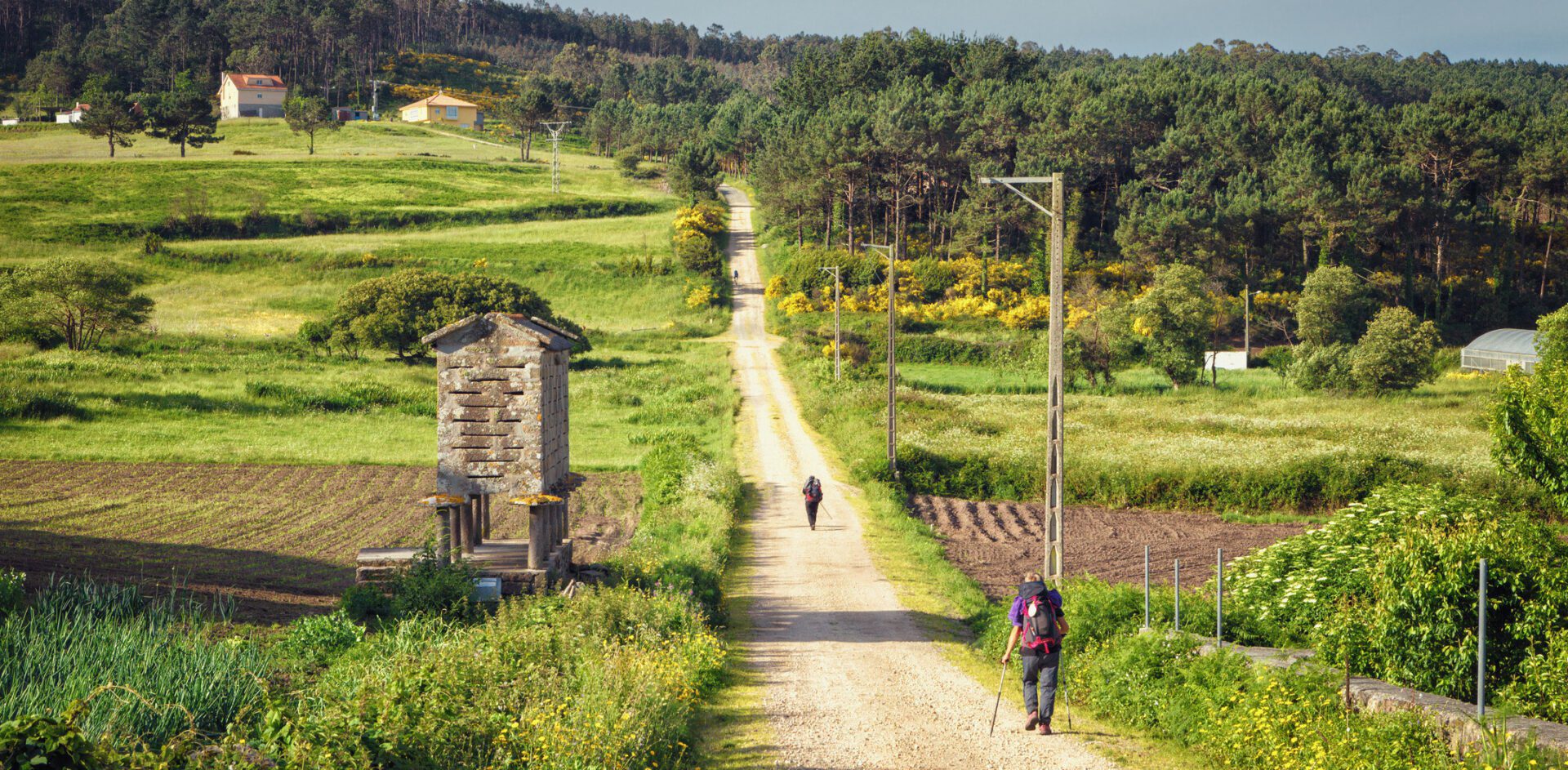
Ladakh — Where the Sky Listens
Pilgrimage Through Thin Air
There is a silence in Ladakh that presses against the skin like altitude. It is not quiet—it is presence. Every pilgrim I met, from the village woman circling a chorten at dawn to the novice monk reciting mantras near Hemis, spoke in few words. Here, language is reduced and reverence is expanded.
At 3,500 meters above sea level, the air is thin, but the sacred is thick. Even before I understood the layout of gompas or the meaning of spinning prayer wheels, I could feel that the act of walking was already a ritual. Each step felt like an offering to something older than civilization.
Unlike the organized maps of Europe’s Camino or the well-signed temples of Japan’s Shikoku trail, Ladakh’s sacred routes are unwritten and elemental. There are no stamps to collect or certificates to earn. What you take from the journey is measured in your breath, in how long you paused, in how deeply you bowed.
The landscape itself acts as scripture. Winds etch verses across sand dunes in Nubra. Avalanches recite psalms in Zanskar. The rocks hold parables of monks who meditated until their names were forgotten. To walk here is to listen to silence translated by stone.
There is a concept in regenerative tourism that I teach in the Andes: “Let the land lead.” Ladakh internalizes that without ever having read the theory. Its sacredness doesn’t require signage. It asks the visitor to slow down to the pace of devotion. Not to arrive, but to be absorbed.
I remember standing near the old footpath between Sumda and Alchi, watching two elders walk barefoot under the midday sun. No one called it a pilgrimage. But their posture, the cloth they carried for offering, the way they looked at the sky—it was sanctity in motion.
This is where Ladakh’s spiritual trail diverges from the world’s other great pilgrimages. It doesn’t guide you to a final shrine or cathedral. It removes the idea of destination altogether. Instead, it becomes an altitude of consciousness—where belief is carved into breath, and the sky listens more than it speaks.
For the European traveler weary of commodified retreats and curated experiences, Ladakh offers no pretense, no schedule. Just trail, dust, mountain, and memory. And in that bareness, it offers something radical: the chance to relearn what it means to walk sacred ground.
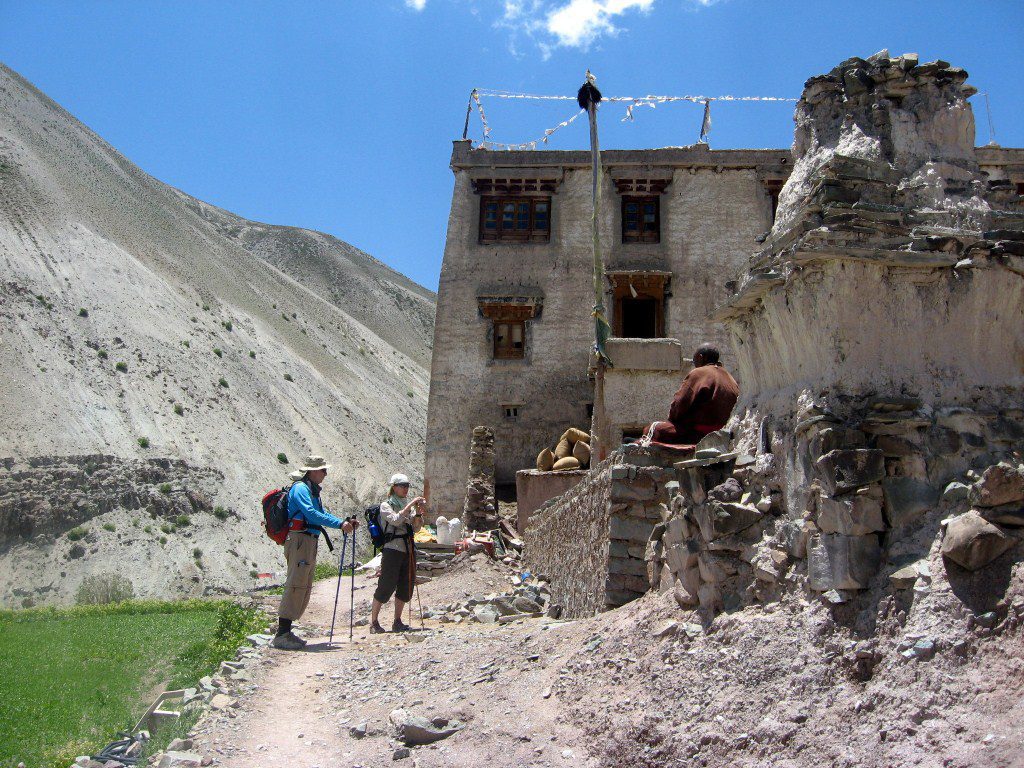
Sacred Waypoints — The Monasteries that Mark the Path
Hemis Monastery — Spirit in Celebration
When I arrived at Hemis Monastery, the courtyard was alive. Crimson-robed monks danced in rhythm with ancient drums, tiger masks twirled, and incense melted into the highland wind. The Hemis Festival was underway—an explosion of devotion, memory, and ritual that seemed to erupt from the stone itself.
Unlike the subdued reverence I felt along the Kumano Kodo or the echoing stillness of Mount Athos, Hemis celebrates its sanctity in sound, in spectacle, in communal ecstasy. Pilgrimage here isn’t only meditative—it’s performative. You witness spirituality not in whispers but in choreography.
But even outside the festival, Hemis breathes the sacred. Murals layered with symbolism wrap around meditation halls like silent mantras. Prayer wheels line corridors like musical notation waiting to be played by the faithful. Hemis is a reminder that celebration can be sacred, too.
Thiksey and Alchi — The Mind and the Eye
Thiksey Monastery, with its tiered white walls climbing the hillside, is often compared to the Potala Palace in Lhasa. But what I felt there was more than architecture—it was perspective. From its rooftop, you don’t just look out—you look inward. The vast Indus Valley becomes a mirror of your inner landscape, expansive and in need of mapping.
Inside Thiksey, I sat before the 15-meter-high statue of Maitreya Buddha. It wasn’t awe that filled me, but softness. The kind of surrender that European cathedrals rarely allow, caught as they are in grandeur and judgment. Thiksey offered stillness. Spaciousness.
Then came Alchi, far more humble in setting but infinitely rich in detail. The 11th-century murals spoke with pigment rather than sound. In Alchi, the sacred is visual. Every brushstroke, every gaze from a painted bodhisattva, pulls you inward. Unlike the soaring chants of Santiago or the vast processions of Shikoku, Alchi communicates through eye contact with the eternal.
Lamayuru — Silence Between Rock and Sky
Lamayuru is where the earth begins to forget itself. The surrounding moonscape looks unearthly—jagged, raw, and beautiful in a way that refuses domestication. The monastery itself clings to the cliffside as though it were grown there. And in many ways, it was.
The silence in Lamayuru is not empty. It is structured. It wraps around you as if it knows what you carried into this journey. As I sat in a darkened prayer room lit by a single yak-butter lamp, I felt what every true pilgrim eventually confronts: the weight of one’s own voice. And the miracle of losing it.
Lamayuru doesn’t need storytelling panels or restoration plaques. It doesn’t guide your gaze. It simply lets the landscape speak first. And that, perhaps, is its greatest teaching: sacredness doesn’t always seek attention. Sometimes it waits patiently, whispering to those who know how to listen.
In these waypoints—Hemis, Thiksey, Alchi, Lamayuru—Ladakh sketches a constellation for spiritual seekers. Not a linear path with mile markers, but a galaxy of sanctuaries, each with its own gravitational pull. And the pilgrim becomes not a traveler between sites, but a listener tuning into different frequencies of the sacred.

Stillness and Stride — A New Form of Pilgrim
Footprints Without Footfall
There is a kind of pilgrim I’ve seen across continents—the one who walks with the land, not over it. They leave no selfies, no litter, no trail of consumption. I saw them in New Zealand’s South Island, on Chile’s Ruta de las Misiones, and most recently, in Ladakh, where the altitude demands reverence from every muscle.
In regenerative tourism, we often talk about “light touch, deep impact.” In Ladakh, that’s not a trend—it’s survival. The land here is fragile, ancient, and deeply intelligent. Every step taken too fast or without care leaves an imprint far beyond the bootprint. And yet, the slow pilgrim—the one who walks with breath and listening—leaves no mark, yet receives everything.
Unlike the structured itineraries of the Camino or the welcome stamps of the Shikoku Henro, Ladakh offers no certification for the soul. The reward is internal: an awakening that comes not at the summit, but somewhere between breathlessness and beauty.
The Pilgrimage Economy
I’ve walked sacred trails that have been over-loved into ruin. I’ve seen vending machines outside shrines and buses honking past silent seekers. Sacredness turned spectacle. Pilgrimage turned product. But in places like Kumano and parts of rural France, the local communities have pushed back. They’ve shown that you can welcome the world without erasing yourself.
Ladakh now faces this delicate crossroads. Tourism sustains livelihoods, but it also threatens the very silence pilgrims come to seek. Gompas turn into photo ops. Prayer flags fade under foreign fingers. The pilgrimage economy must be tended like a butter lamp—protected from wind, fed with intention.
The beauty of Ladakh is that its remoteness still acts as a filter. It attracts those willing to suffer a little for transcendence. Long drives, high passes, cold nights. These are not inconveniences—they are rites of passage. And perhaps that’s what will keep Ladakh’s sacredness intact—not gates, but gravity.
What Kumano’s moss-lined paths taught me, and what Ladakh confirmed, is this: a true pilgrimage doesn’t make you feel like a tourist—it makes you forget you ever were one.
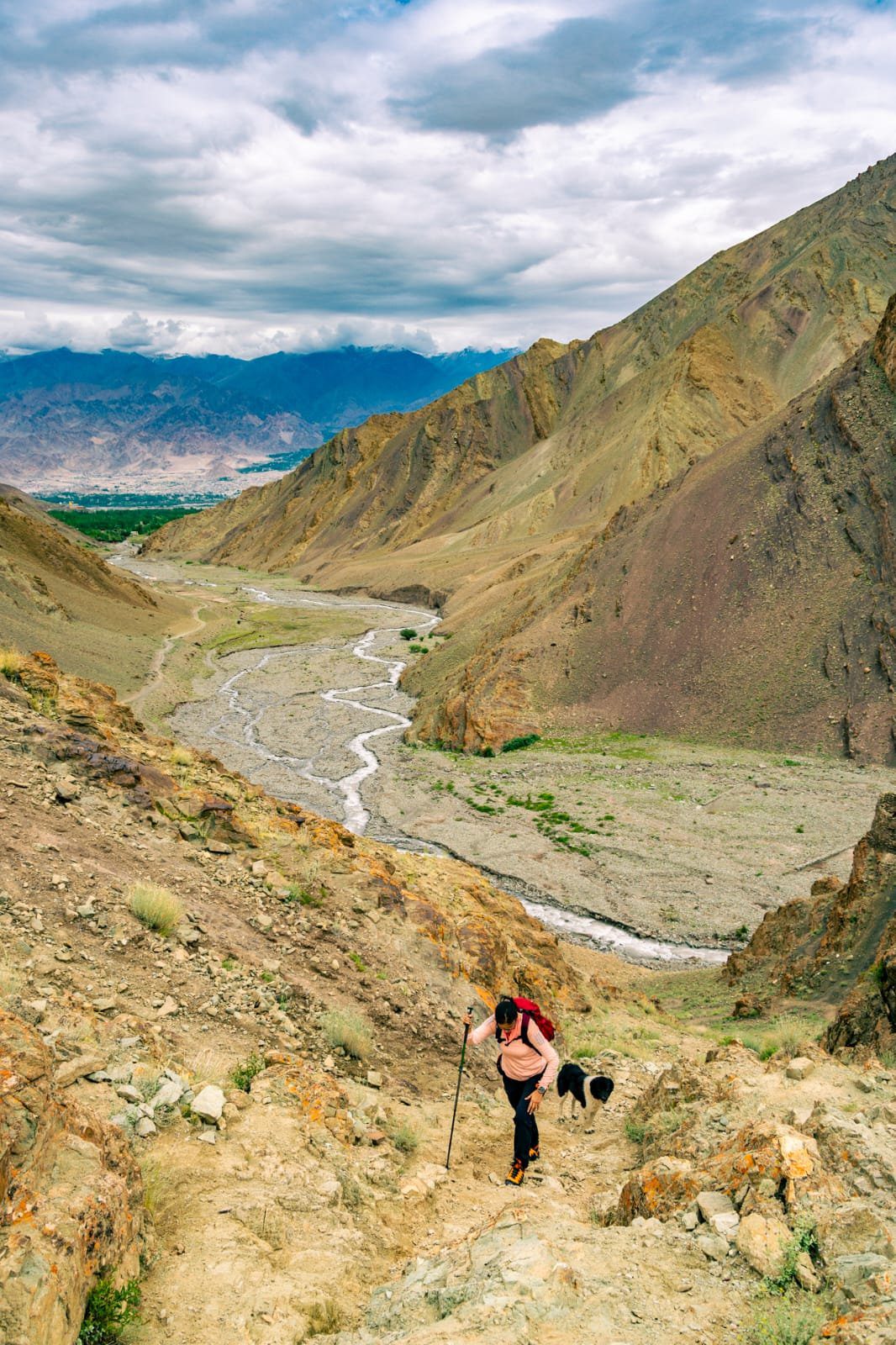
From Compostela to Choglamsar — Connecting the Sacred Dots
Ladakh in the Global Tapestry of Pilgrimage
There’s something quietly astonishing about the realization that sacred paths exist everywhere—woven across continents like an invisible network of human longing. Whether it’s the stony route to Santiago de Compostela or the labyrinthine trails of Shikoku, these journeys are not about geography. They are about remembering who we are when we walk with purpose.
And now, Ladakh enters this global conversation. Choglamsar may not be as well-known as Rome or Lalibela, but it carries a spiritual resonance that hums beneath its sun-drenched surface. With every chorten circled, every monastery passed in silence, Ladakh becomes another bead on the long rosary of sacred landscapes.
As I retraced my steps through this Himalayan terrain, I felt echoes of places I’ve walked before. In a dusty courtyard in Phyang, I heard the same stillness that enveloped me in the forests of Norway’s St. Olav Ways. In the layered paintings at Alchi, I saw the spiritual density of Ethiopia’s rock-hewn churches. Even in the high-pitched chant of a young monk in Basgo, there was something that reminded me of early morning liturgies on Mount Athos.
And yet, Ladakh is not a copy. It does not borrow holiness. It emanates its own. Its pilgrimage trails are less polished, less narrated, and perhaps for that very reason, more true. There are no tour guides with flags, no pilgrims’ passports to stamp. There is only mountain, monastery, and a sky that holds everything.
What binds these global pilgrimage routes together is not their religion or architecture—it is their invitation. Each one says: “Come walk. Come remember.” In Ladakh, that invitation comes in the language of wind and sun and thin air. It is not loud, but it is insistent. It stays with you long after the trek is over.
For European travelers seeking something beyond spectacle—for those tired of overly mediated experiences—Ladakh offers a sacred trail that is both ancient and alive. It doesn’t offer a destination, but a transformation. Not just in altitude, but in attitude. You return not only changed, but returned to yourself.
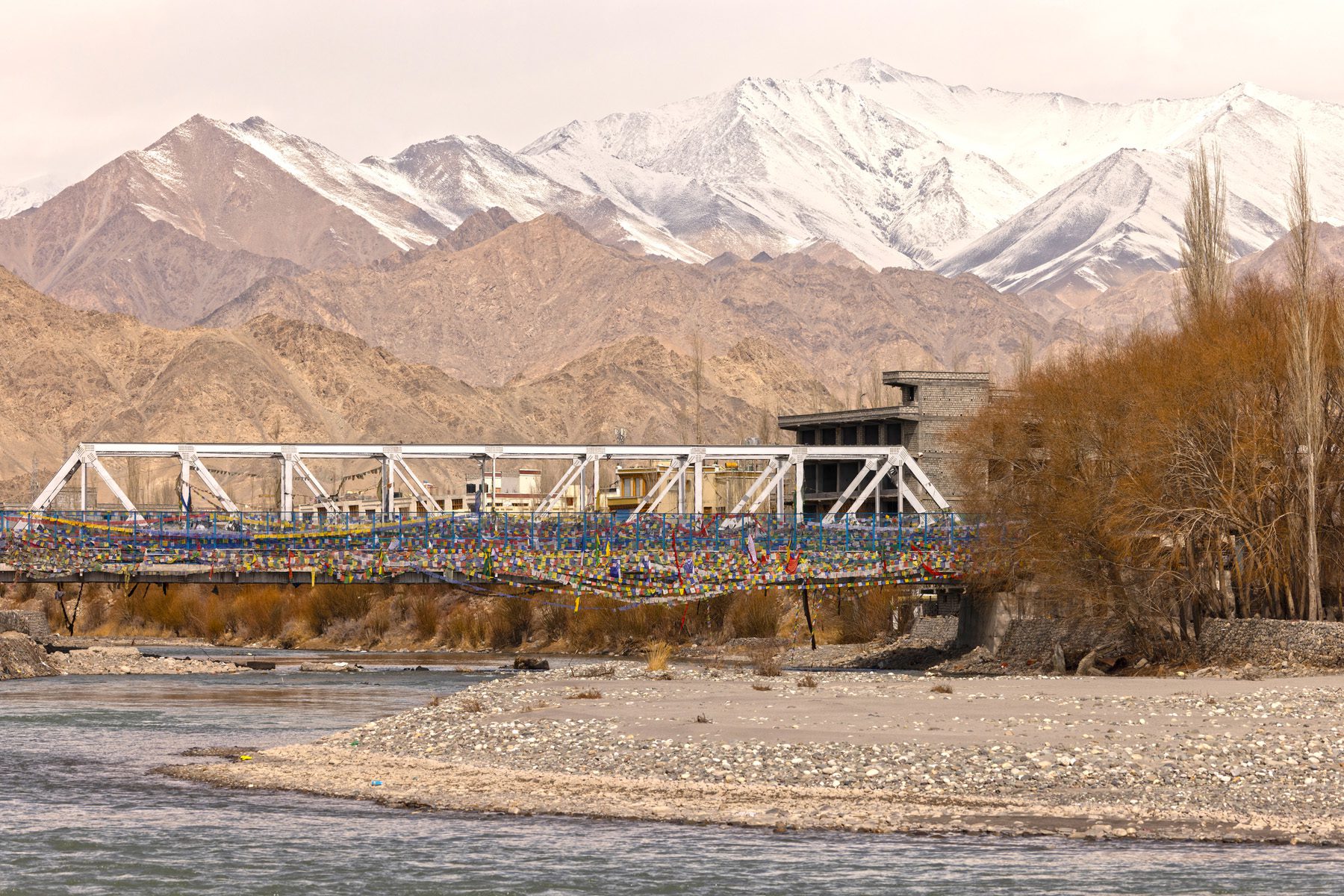
The Way Forward — Walking as Witness
A Final Reflection from a First-Time Pilgrim
I came to Ladakh thinking I would write about pilgrimage. Instead, Ladakh wrote through me. There were no grand revelations, no mystical encounters on a mountaintop. What I experienced was quieter, more unsettling, more truthful. It was the act of becoming porous—to landscape, to history, to the holy that lives in silence.
In the sandstone alleys of Basgo, I watched a woman place a butter lamp at a shrine barely larger than a beehive. She didn’t look up. She didn’t expect an audience. That moment taught me more about sacredness than any sermon I’ve ever heard. To walk as a pilgrim is not to seek the divine; it is to become quiet enough to hear it.
Back in Peru, I live among Quechua farmers who talk to their mountains. In Bhutan, I met monks who measure the worth of a year not in money, but in merit. And here in Ladakh, I met wind-carved wisdom in stone houses, in chortens half-swallowed by sand, in novices with shy eyes and ancient chants.
This journey was not about escape. It was about return. Not to a place, but to a way of walking—with humility, with awe, with breath as prayer. Ladakh reminded me of the original meaning of pilgrimage: not movement for movement’s sake, but transformation through presence.
I believe Europe is ready for this kind of travel. A kind that does not decorate our passports, but alters our perceptions. Ladakh is not another destination to check off. It is an invitation to deepen. For the soul-tired, the spiritually curious, the seekers of stillness—it is a refuge. And perhaps, if walked gently, a kind of homecoming.
Some trails lead to temples. Others reveal the temple within.
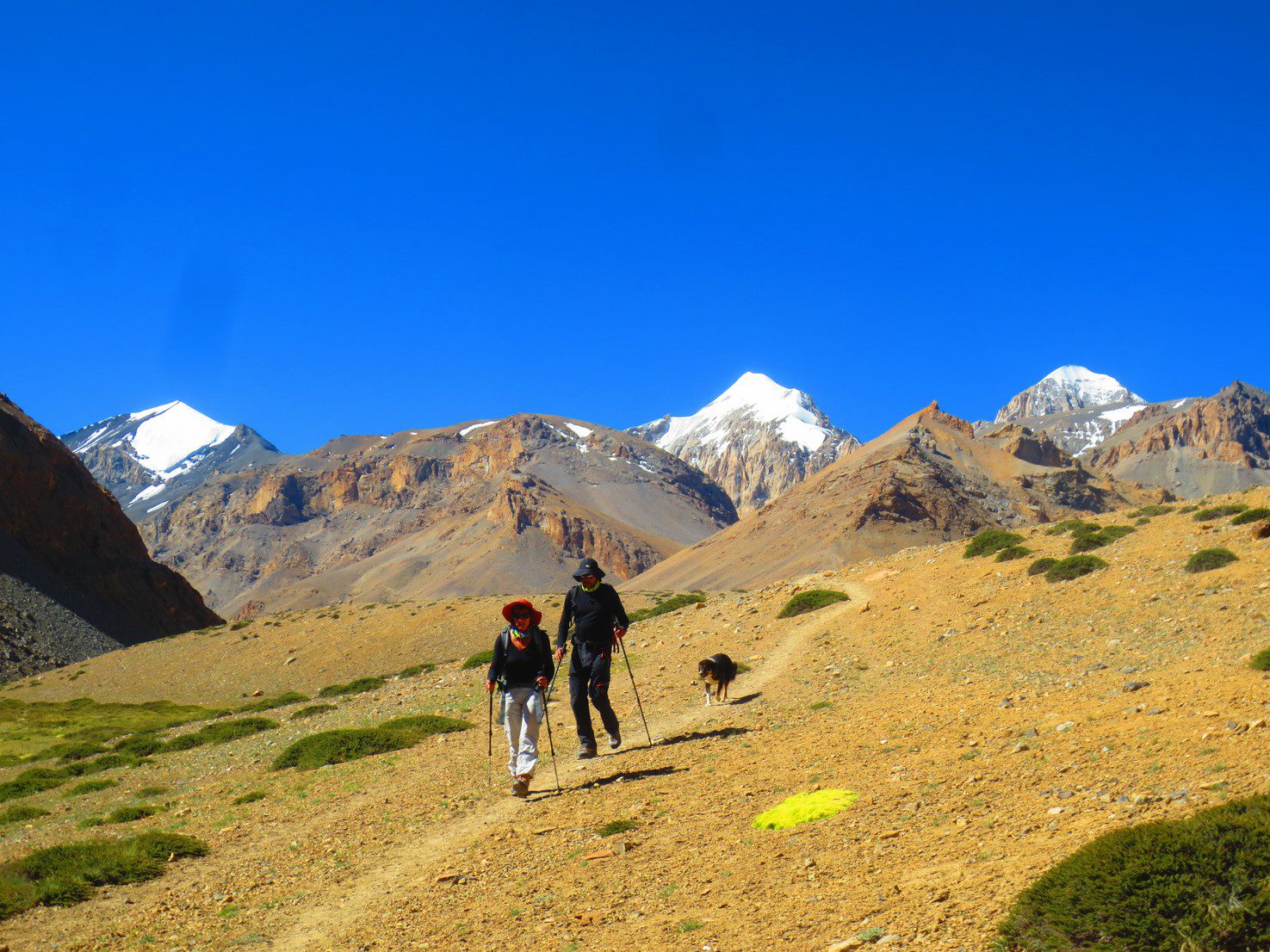
About the Author
Isla Van Doren is a regenerative tourism consultant from Utrecht, the Netherlands, currently living in the hills outside Cusco, Peru. At 35, she brings both analytical depth and poetic insight to her writing, blending academic research with emotional resonance.
With a background in sustainable development and years of fieldwork across Bhutan, Chile, and New Zealand, Isla approaches each destination with a global lens and a local heart. Her narratives often bridge data and intuition, inviting readers to rethink how we travel—and why.
Visiting Ladakh for the first time, Isla draws sharp, respectful comparisons to other sacred geographies. Her writing style is contemplative, immersive, and unafraid to ask bold questions—like:
“Bhutan measures its success in Gross National Happiness. What if Ladakh measured its tourism in silence preserved per visitor?”
She believes that pilgrimage is not only a path across land but a return to presence. Through her columns, Isla seeks to inspire European travelers to walk slower, listen deeper, and engage with landscapes as sacred partners rather than scenic backdrops.

